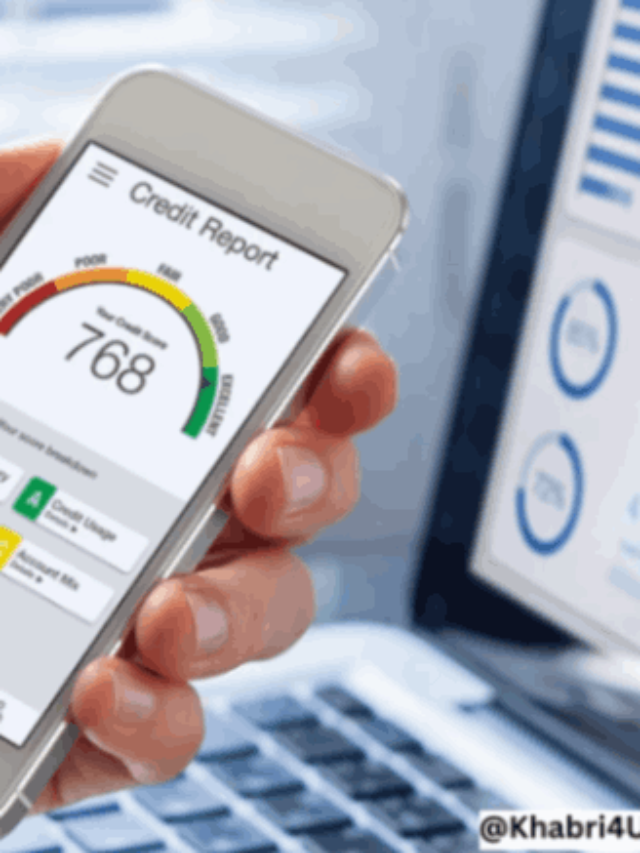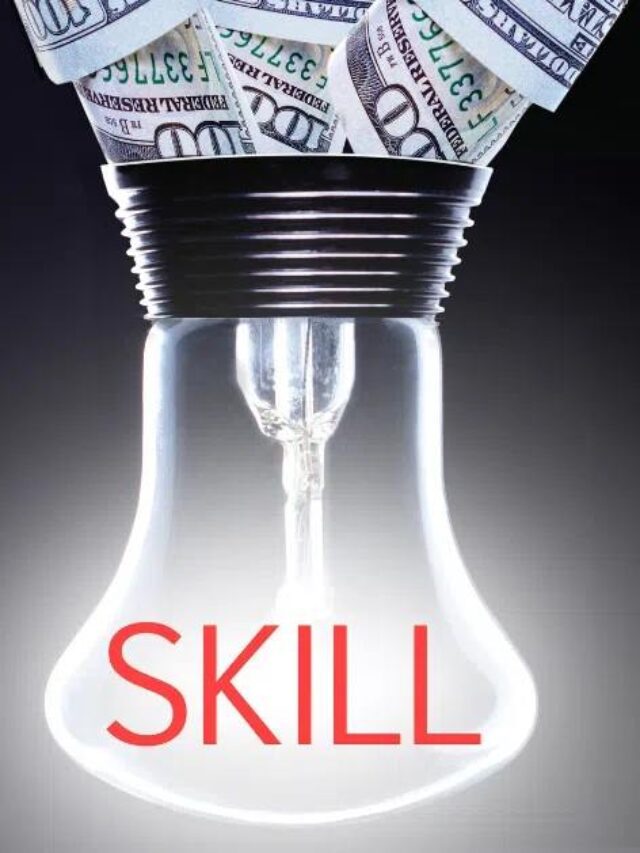Exploring the challenges and opportunities of global governance in a complex world. Understand how international cooperation shapes our future, from tackling climate change to managing pandemics.
What are some Strategies for Effective Global Governance?
To deal with the effects of globalization on governments, it is important to understand what is global governance? Global governance meaning is that countries work together to solve problems that affect all of them. This includes making and following rules, norms, and policies that govern foreign relations and help keep the world stable.
Key Components of Global Governance
International Organizations
International groups like the United Nations (UN), the World Health Organization (WHO), and the International Monetary Fund (IMF) are important for global government. As an example of the complex nature of modern global governance, these groups encourage dialogue, encourage cooperation, and work to solve global problems.
Multilateral Agreements
Countries sign multilateral deals, like those about trade, human rights, climate change, and so on, to come up with rules and principles that everyone must follow. The links between global governance and the effects of globalization on governments are made clear by these deals.
Diplomacy and Negotiation
Diplomacy is an important part of global governance because it helps countries talk to each other and arrange peaceful solutions to problems. As a reflection of how dynamic global governance is today, diplomats try to build consensus and promote good relationships between countries.
Global Norms and Standards
Moreover, the question arises why is global governance multi faceted. Global governance is multi-faceted because it involves establishing rules and guidelines that govern how countries should act in various domains.
These encompass agreements on trade, human rights, and protecting the environment. The complexity arises from the interconnectedness of nations in the face of globalization.
Adhering to these rules is crucial to maintaining calm and fostering cooperation worldwide.
The multi-faceted nature of global governance is evident in its comprehensive approach to addressing diverse issues, ensuring that nations work together harmoniously despite the transformative impact of globalization on countries.
Humanitarian and Development Initiatives:
Humanitarian and development projects, as well as attempts to fight poverty, health disparities, and other global problems, are all part of global governance.
In the setting of modern global governance, collaborative projects show how people are working to make the world more fair and sustainable.
Contemporary global governance
Modern global government is the current set of rules and systems that countries use to work together and solve problems that affect everyone on a global level. In the modern world, the following are some of the most important parts of contemporary global governance ppt:
International Organizations
The United Nations (UN), the World Bank, the International Monetary Fund (IMF), and the World Health Organization (WHO) are some of the most important international organizations in modern global government.
These groups give people a place to talk, work together, and come up with organized solutions to global problems.
Multilateral Agreements
Many countries agree to follow the same rules and ideals through multilateral agreements. Agreements cover many topics, such as human rights, trade (like the World Trade Organization), and climate change (like the Paris Agreement).
These kinds of agreements show how nations work together to solve world problems.
Diplomacy and Summit Meetings
Diplomacy is still an important part of running the world today. Diplomatic work is done by leaders and diplomats, and summit meetings are held to talk about and negotiate answers to important global problems.
These interactions help people from different countries work together and build ties.
Global Norms and Standards
Setting up global norms and standards is a part of modern global government.
Agreements on things like trade, human rights, and protecting the environment give countries clear rules to follow, which helps keep things running smoothly and encourages everyone to work together.
Humanitarian and Development Projects
As part of the global government, disaster relief and long-term growth are encouraged. Focusing on reducing poverty, improving healthcare, and other global issues, collaborative projects stress that everyone has a part to play in making the world more fair.
Technology and Sharing Information
The progress of technology has had a big effect on how the world is run today. Countries use technology to talk to each other, share information, and work together in real time to solve global problems like those that affect health, safety, and the environment.
Civil Society and Non-Governmental Organizations (NGOs)
NGOs and civil society are becoming more and more important in today’s world governance. These groups help make policies, fight for human rights, and make sure that governments and foreign organizations are responsible for what they do.
Security and Resolving Conflicts
In the modern global government, problems with security are solved by working together with other countries. Peacekeeping missions, diplomatic solutions, and efforts to stop wars all help to keep the world peaceful and stable.
Global Economic Coordination
Because economies are linked, we need a modern global government to deal with economic problems as a whole. To make sure that everyone in the world is doing well, everyone needs to work together on things like trade, financial security, and economic growth.
Inclusive Decision-Making
In modern global government, efforts are made to make sure that decision-making processes are more open to everyone. Initiatives try to include voices from a wide range of regions and backgrounds because there are many countries and points of view.
To sum up, modern global governance is a system that is always changing and growing. It is made up of different ways for countries to work together to solve difficult global problems and promote common goals and values.
What are the effects of globalization on governments?
When it comes to states, globalization has big effects that change many of their roles and duties. This is effects of globalization on governments:
Interdependence in the Economy
Globalization makes it easier for countries to depend on each other in the economy. Through trade, business, and money flows, governments can see how closely their economies are linked to those of other nations. Because of this, governments need to change their policies to take into account the world economy.
Trade and Business
Governments are very important for making foreign trade possible. More goods are being traded across borders because of globalization. To keep their economies competitive and linked, governments must understand trade deals, tariffs, and rules.
Progress in Technology
The speed of globalization is closely linked to progress in technology. Governments need to deal with problems like cybersecurity, data protection, and how technology affects jobs and industries in the digital age.
Policy problems
As a result of globalization, governments now have to deal with new policy problems. International cooperation is needed to deal with problems like climate change, infectious diseases, and terrorists. It is important for governments to work together to make policies that work across national borders.
A lot of people, ideas, and culture move across lines all the time. This has effects on politics and society. As a result of global trends, it may be hard for governments to protect national identity, handle immigration, and deal with social problems.
International Institutions and Agreements
To work together to solve problems that affect everyone, governments take part in international institutions and agreements. Groups like the United Nations, the World Trade Organization, and regional blocs make it easier for people to work together by making states follow common rules and guidelines.
Inequality of Income
Globalization can make it harder for some countries to have similar incomes. It might help the economy grow, but the gains aren’t always shared equally. It can be hard for governments to make policies that support growth for everyone and deal with inequality.
Sovereignty and Governance
As governments try to find a balance between national interests and international unity, globalization challenges old ideas of sovereignty. Governments must use diplomacy and make agreements without giving up their power to run their own countries.
Concerns about the environment
Because environmental problems like climate change and pollution affect people all over the world, we need to work together to solve them. It is important for governments to work together to create and execute policies that deal with these problems, since they affect people all over the world.
Crisis Management
Because of globalization, problems can spread quickly, whether they are about health, money, or safety. Coordinated responses and cooperation between countries are needed to handle these kinds of emergencies and lessen their effects.
As you can see, globalization has many effects on countries, affecting economic, social, and political areas. To deal with the problems and benefits that globalization brings, governments need to change and work together on a global scale.
Conclusion
Global governance, as an ongoing process, involves nations working together to address shared challenges in the context of globalization’s effects on governments. By fostering cooperation, establishing norms, and promoting diplomacy, global governance seeks to create a more stable, just, and interconnected world.












































